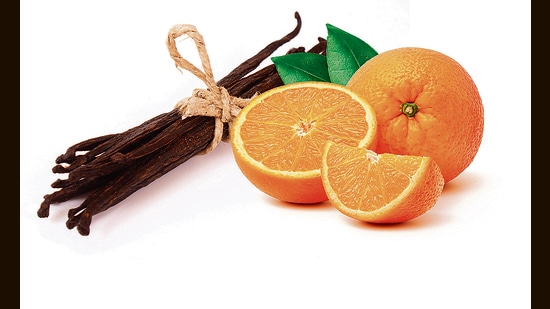In 1960, Archibald West, vice-president of marketing at Frito-Lay, was trying to figure out what the company’s next big thing could be. He enthusiastically launched Doritos (from doradito, Spanish for little pieces of gold). Inspired by the Mexican tortilla chip, these triangular, salted corn chips bombed badly at first. Not many people outside Mexico knew that they had to be paired with a dip (ideally the fresh, tangy salsa).
Not wanting to give up on the idea, West decided to use chemistry to aid his Doritos sales, and thus the flavoured Doritos were born. Just a few sticky coatings of “added flavours” transformed the floury chip into an irresistible treat that tasted of cool ranch, nacho cheese, or flamin’ hot chilli.
How exactly do “added flavours” work? The human tongue is actually a pretty crude tool. It can detect only five primary tastes: sweet, salty, bitter, sour and umami. The nose, on the other hand, can detect thousands of aroma compounds. Much of what we “taste” comes from our perception of these compounds.
Start breaking down the volatile flavours of everyday food items, and one begins to realise the awesomeness of Nature. Orange, for instance, is a fragrance and flavour made up of hundreds of molecules of esters, alcohols, acids, ketones, aldehydes, etc. Scientists were able to identify these separate compounds through a process called gas chromatography, developed in the 1950s to map the flavour compounds in foods.
An orange has 300 flavour compounds; a banana has 246; chocolate and coffee have nearly 800 volatile compounds each. This is why so many artificial flavours (think litchi, grape, cherry) seem so terribly inauthentic. Even if the flavour chemists match the top 20 to 30 molecules, their product still falls far short of the real deal, and feels like an assault on the tastebuds.

With some foods, manufacturers get lucky and a single flavour dominates. For instance, the top note in vanilla is vanillin, which can be synthesised from pine bark, wood pulp and clove oil, and is much cheaper to produce than real vanilla. Similarly, the buttery flavour in microwaveable popcorn comes from the flavour compound diacetyl. In a strange twist, diacetyl is even added to real butter, to make it taste more buttery!
This boosting of existing flavour is a common function of added flavours. There are two reasons this is necessary. One, real flavours are volatile, and customers expect a uniform experience. Two, real flavours may not retain their intensity through the shelf life of a product. Customers want that whiff of aroma when they open a packet, whether it’s been a month or six months since manufacture. So even clean-label companies sometimes use added flavouring in their products.
I asked Sreejith Moolayil, co-founder of True Elements, about this and he said some products did need additional support “to maintain the experience through their shelf life”. But, he added, not all products need the additional boost. “Our muesli and granola has a nine-month shelf life and has zero added flavours.”
The good news is that not all added flavours are artificial. There are three types of flavour additives: natural, nature-identical and artificial. Added natural flavours are flavour compounds extracted from real ingredients or produce. The compound benzaldehyde, for instance, can be extracted from almonds to give a product more of the natural almond flavour. Nature-identical flavours are flavour molecules that are chemically identical to the natural version, but not extracted from that same ingredient. Vanillin, for instance, is often made from other substances occurring in nature, and is listed as nature-identical flavouring.
Artificial flavours are the ones to watch out for. They are often extracted from substances such as coal tar, petroleum or other inedible substances. They are often used to create brand new flavours that are not available in nature, such as “blue raspberry” or “mixed fruit”. Given that nutrition labels do not require companies to list the chemicals used in artificial flavouring, it is best to avoid them and stick with natural or nature-identical flavours instead.
Better yet, just peel an orange, enjoy its 300 volatile flavour compounds and marvel at how so much could be so effortlessly packaged in one delicious fruit.
(To reach Swetha Sivakumar with questions or feedback, email upgrademyfood@gmail.com)
Enjoy unlimited digital access with HT Premium
Subscribe Now to continue reading

Stay connected with us on social media platform for instant update click here to join our Twitter, & Facebook
We are now on Telegram. Click here to join our channel (@TechiUpdate) and stay updated with the latest Technology headlines.
For all the latest Art-Culture News Click Here
